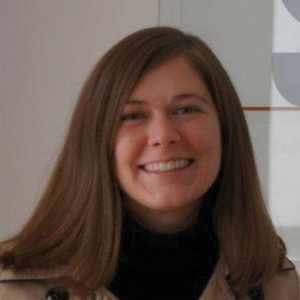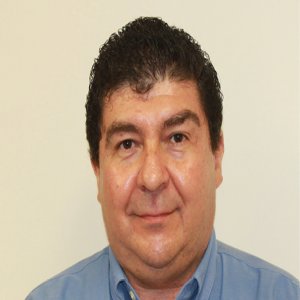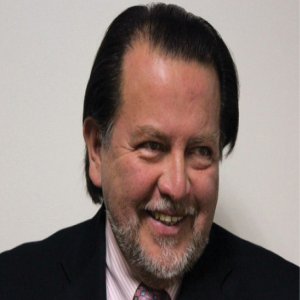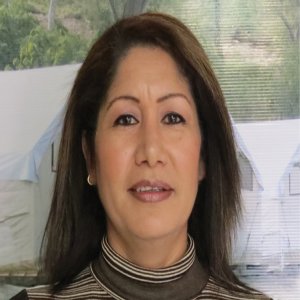Providing Human Talent for the Mexican Mining Industry

STORY INLINE POST
Q: How is the University of Sonora cooperating with mining companies on professional practice for students, as well as research and development?
A: In the case of mining, geology and metallurgy, there has always been strong collaboration with the companies in the sector. However, the current mining boom in Sonora, and high metal prices, have helped to developed these relationships further. We have many professional practice agreements with companies; these temporary practices bring benefits to the students in terms of their training, to the university to complement its programs, and to the companies in terms of human capital. This has been a success. A professional practice agreement with First Majestic Silver was made even though the company does not have any operations in Sonora, which reflects the need for human talent on a national level. We look for opportunities throughout the country to place our students in the mining industry. It is a fact that very few universities are producing the human talent that the sector is demanding.
Although the federal government supports our research activities through Conacyt, there still is a lack of commitment in research and development, even though our research has advanced in the geology area. In the metallurgical and chemical engineering program we have agreements with Grupo Mexico and Peñoles, among others, but there is still a lot to be done. In terms of research, we have worked on metal leaching with nonpolluting methods. As an academic institution, we are very concerned with developing education and research in environmental studies. We have moved forward with work and service agreements with the private sector, which is a great breakthrough because historically companies did not consider universities to be research and development centers.
Q: What are the benefits for the earth science department at the University of Sonora of being located in one of Mexico’s main mining states, and how can companies take advantage of this location?
A: In Mexico there are a handful of universities that offer mining programs, such as Zacatecas, San Luis Potosi, and Hidalgo. The University of Sonora creates its programs based on the needs of the mining industry that surrounds us. First we focused on geology, then we added mining engineering, and afterwards metallurgical and chemical engineering. The postgraduate course also focuses on studying the gold, copper and silver mining in the state. Having access to qualified human capital has allowed companies to carry out more exploration activities. This area, which at one stage had very few students and was almost closed, had the right vision and has brought real proficiency to Sonora. We are a source of human talent that is directly linked to the most important groups in mining, which in turn attracts many other companies.
Our student enrollment is mostly composed of state students, however foreign enrollment is growing. This is at the development stage, and we also have to step up the national exchange student programs for the undergraduate programs of geology and metallurgical and chemical engineering. We try to send students abroad to get a double major with Spanish and French institutions, as well as to take advantage of the Conacyt scholarships, which transform domestic graduate studies into international ones.
Q: In March you were reelected as President of the University of Sonora. In the next four years what will be the role of the Earth Sciences program in the development of the university?
A: We want a university that is completely linked to the industry. We have many parallel programs that will help us grow in the areas of sustainability, research and teaching. When we speak about sustainability we are referring to the evolution of environmental studies, but also about social and economic issues and the improvement of quality of life. We want to grow and have research being done in our own certified labs, and we want to boost the internationalization of our students and teachers, in order to be able to bring international best practices to the University of Sonora.





















